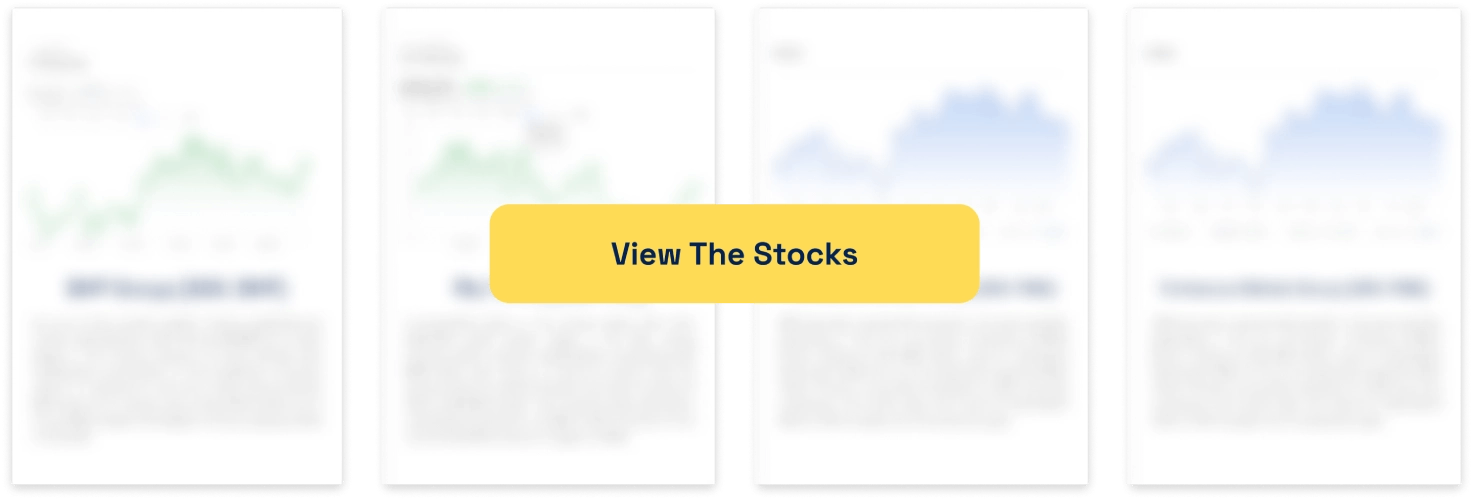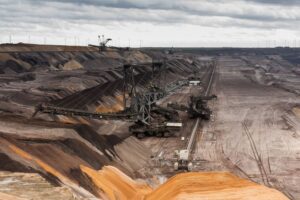The Virgin Australia IPO: Here’s how to buy shares and 4 reasons Blue Horseshoe doesn’t like it
![]() Nick Sundich, June 10, 2025
Nick Sundich, June 10, 2025
The long awaited Virgin Australia IPO has been on and off ever since the airline was bought by Bain Capital, but is now a go. Last week, bids were made and the company purported to have raised $685m, giving it a capitalisation of over $2bn. A date for the listing has not been set, but will likely be in the next few weeks.
An IPO has always been viewed as an inevitability given the model of private equity firms to buy assets on the cheap, the only things stopping Bain being the weak IPO market and an uncertainty of what is happening at a management level – namely, who’d replace Jayne Hrdlicka.
The handful of successful listings (including Guzman y Gomez (ASX:GYG)) and the decline in interest rates have eased fears the float would be guaranteed to be a flop. The uncertainty of who will succeed Jayne Hrdlicka as CEO is almost over with Chief Commercial Officer Dave Emerson taking over in March 2025.
One question – not necessarily one that had to be resolved – was what to do about long-haul flying. After briefly experimenting with 737-operated Cairns to Tokyo flights, it now codeshares with Qatar Airways. Moreover, Qatar has a 25% stake in the airline – placing its interests firmly with that of Virgin.
Here’s why we don’t like Virgin Australia …. it’s shares that is.
How to buy shares?
To put it simply, the same way as you’d buy any other shares – buying them through a broker. For most retail investors it’ll be through their platform be it CommSec, CMC, Stake or another.
Unfortunately, the window to buy shares before they come to market appears to have closed. So now you’ll have to compete with other investors when shares go public.
But should you?
Should you buy shares? 4 Reasons why a Virgin Australia IPO may not see Guzman y Gomez’s success (after Day 1)
1. The past record of private equity IPOs
There are too many ASX companies spun out of Private Equity that have underperformed for several years post-listing, including Adore Beauty (ASX:ABY), Myer (ASX:MYR) and Collins Foods (ASX:CKF). Granted, some have recovered, but others have not, and those that have have taken a while.
There’s no denying that the main reason Bain sought a listing of Virgin Australia was to cash out of its ownership. And indeed, most of the proceeds raised is just going to pay out Bain, and Bain will want to cash out on the rest later.
Maybe not straight away, but we think it would be inevitable that this would occur at some point in the not too distant future post-listing. Just ask yourself, if there was any further growth, why would private equity be selling? And why is there no ‘fresh capital’ being raised – in other words money being raised for new shares and money going to the company for growth as opposed to just going to Bain?
2. The past record of Virgin Australia
Virgin Australia was founded in 2000 and has actually been listed on the ASX, joining the Australian bourse in 2003. It has been part of the Richard Branson-founded Virgin Group and pays royalties for the use of the word, although it has otherwise not been related to either Virgin Atlantic or Virgin America (may the latter Rest in Peace). Virgin Group has a 5% stake with Bain Capital owning the balance.
The company spent the first decade or so as a low-cost carrier until former Qantas executive John Borghetti became CEO and sought to make it a competitor to Qantas. The airline captured some market share, but it made losses for several years.
Even post-pandemic, while its issues have been under the radar to some extent, it has suffered from staff shortages and operational challenges. How could Virgin compete with Qantas now on transcontinental routes (i.e. from the East Coast to Perth) with just 737 while Qantas has A330s? How can it attract frequent flyers not belonging to an alliance and only having wet lease international flights? And can it feed international passengers onto its domestic network to the extent that Qantas can with the Red Roo’s own routes and alliances with Emirates and Oneworld?
3. A future Bain sell down
Bain will still own 40% of the airline, down from 95% at its peak. It remains to be seen what Bain will do with its remaining stake – or really, when it will sell. When it sells, this will have an impact on the share price, no doubt. Even if the IPO flops and falls 30%, it is likely that Bain will still be sitting on a good profit. Yes, Bain may have an escrow period, but it won’t be forever.
4. Trump’s tariffs
The impact of Trump’s tariffs remain to be seen. Virgin has told investors to expect growth but has not put numbers to it. Why? Trump’s tariffs. Now you might say, but it isn’t flying to and from America. True, but it may impact the delivery of aircraft, aircraft parts and other operational items. Even if there is no direct impact (i.e. prices may go up because of tariffs), there may be an indirect impact (i.e. an impact on the macroeconomic environment or an impact on the US dollar, generally aeroplanes and aeroplane parts are paid in US dollars).
Just never buy an airline – so it is said
The fact that Virgin is in the only sector where Warren Buffett has said investors should avoid doesn’t bode well on top of everything else.
So, maybe it isn’t that bad a thing that the listing won’t happen anytime soon. Unless of course, you’re Bain Capital – hoping to cash out.
What are the Best ASX Stocks to invest in?
Check our buy/sell tips
Blog Categories
Get Our Top 5 ASX Stocks for FY26
Recent Posts
Webjet Sinks 22 Percent After Softer H1 Results and Weak Domestic Demand
Webjet Falls 22 Percent After H1 Revenue Dips and Domestic Flight Demand Softens Webjet (ASX: WJL) opened down 22 percent…
Javelin Minerals Jumps 2,900 Percent on Capital Consolidation
A Sharper Share Register Sets Javelin Minerals Up for Its Next Corporate Stage Javelin Minerals (ASX: JAV) surged an extraordinary…
Why Are Droneshield Shares Dropping and Should You Be Worried
DroneShield Selloff Tests Nerves, But Fundamentals Tell a Different Story DroneShield (ASX: DRO) experienced a sharp selloff this morning that…



